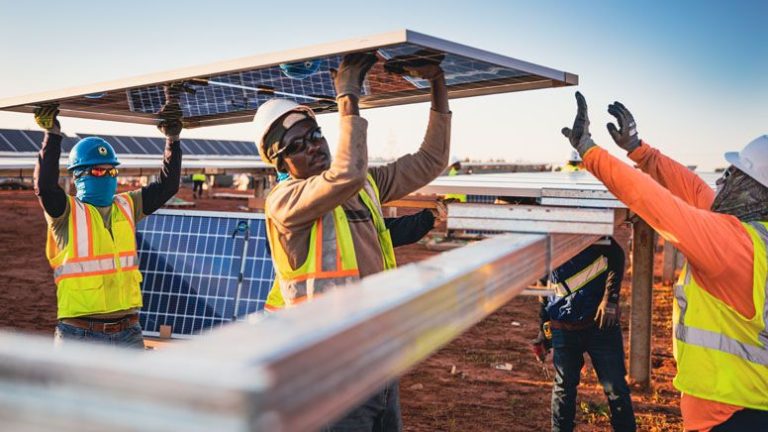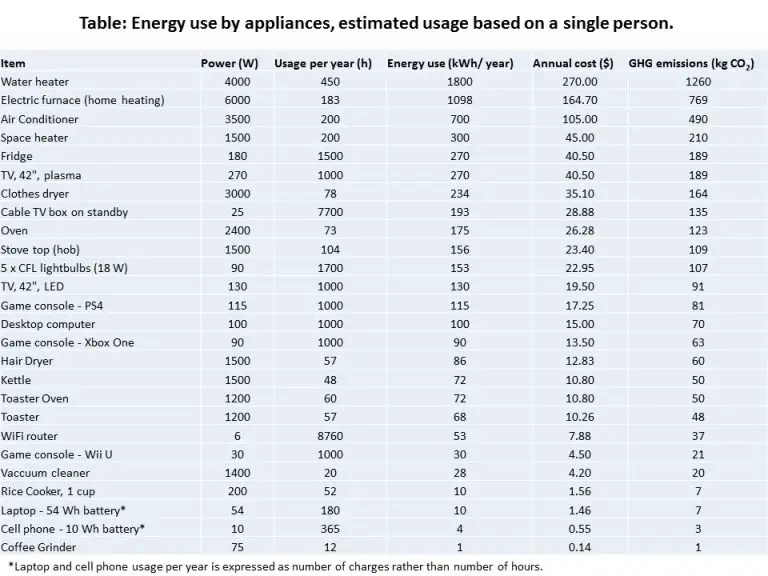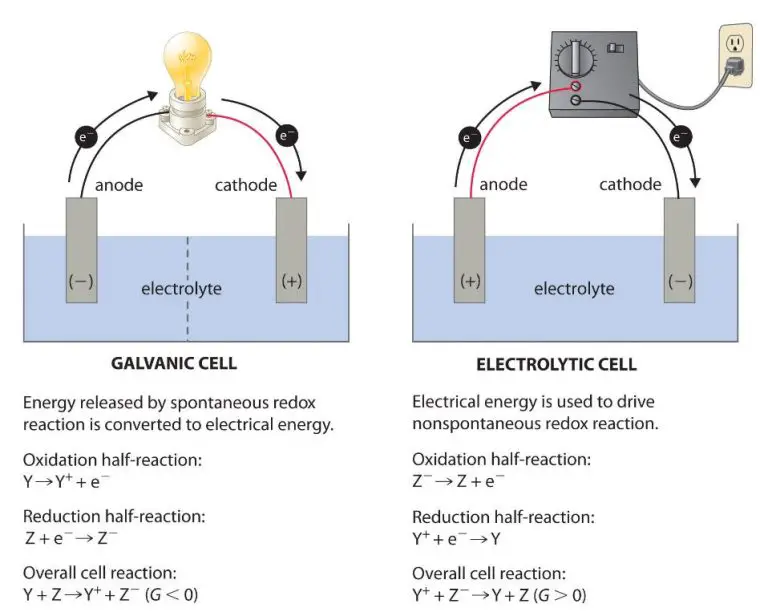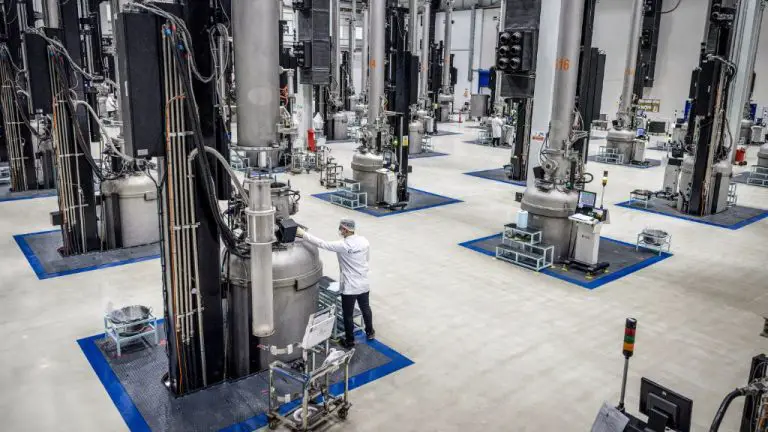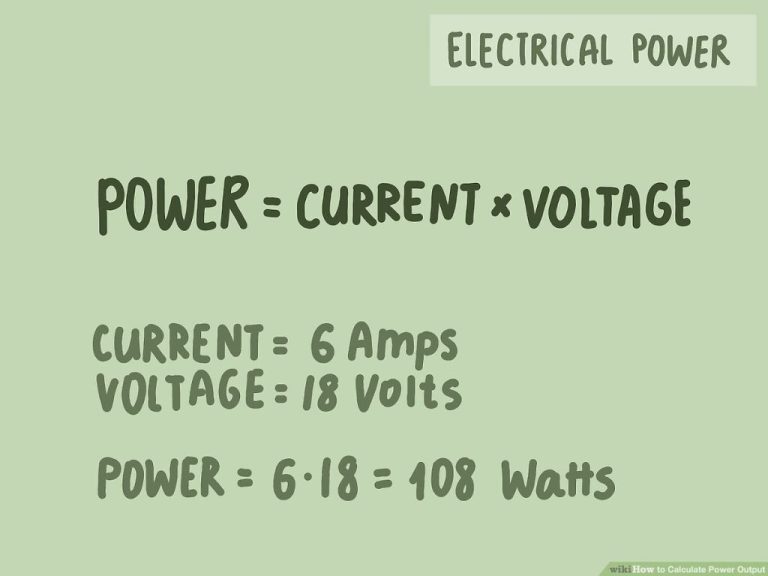Why Do We Use So Little Renewable Energy?
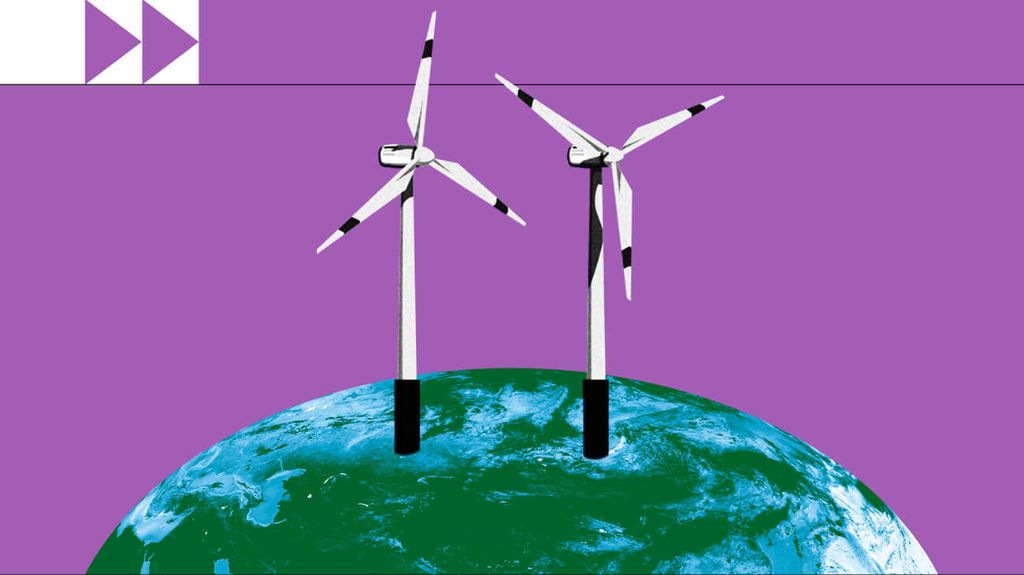
Renewable energy comes from natural sources that are continuously replenished, like sunlight, wind, water, plants, and geothermal heat (https://www.un.org/en/climatechange/what-is-renewable-energy). Unlike fossil fuels, renewable energy is clean and does not produce greenhouse gas emissions that contribute to climate change. Shifting to renewable energy is crucial for protecting the environment and mitigating climate change. However, renewable energy currently makes up just 11% of total U.S. energy consumption (https://www.eia.gov/energyexplained/renewable-sources/). This article will examine the key reasons why renewable energy usage remains low despite its importance for a sustainable future.
High Upfront Costs
One of the main barriers to adopting renewable energy on a wider scale is the high upfront capital costs required. Building large-scale wind farms, solar photovoltaic (PV) arrays, hydropower dams, geothermal plants, and other renewable energy infrastructure requires significant initial investments.
For example, constructing a 100 MW solar PV plant can cost over $100 million in upfront capital expenditure. This is far more than simply building a natural gas power plant which may only cost around $1 million per MW of capacity. The initial cost per kilowatt hour of renewable energy capacity is therefore often higher than conventional fossil fuel plants.
These high capital costs present a hurdle for many utilities and project developers who may not have access to this level of upfront financing. Securing funding from investors and lenders is more challenging for renewable projects versus traditional generation. The higher risks of new technologies also make financing terms less favorable.
Thus the steep upfront investment required to build renewable energy facilities remains a key reason why adoption is not happening more rapidly. Creative financing solutions and targeted policies to improve access to capital may help overcome these barriers. But in general, the substantial upfront capital costs hinder the growth in renewable energy capacity worldwide.
Sources:
[1] https://www.irena.org/news/pressreleases/2022/Jul/Renewable-Power-Remains-Cost-Competitive-amid-Fossil-Fuel-Crisis
[2] https://www.un.org/en/climatechange/renewables-cheapest-form-power
Intermittency Issues
One of the major challenges of renewable energy sources like wind and solar is their intermittent nature. Unlike fossil fuels which can provide a consistent, steady supply of power, renewable sources depend on factors like sunshine and wind speed that can fluctuate daily or even hourly (What is “Intermittency” in Renewable Energy?).
The intermittent supply from solar and wind makes it difficult to integrate large amounts of these renewables into the existing electric grid. Grid operators are used to managing a predictable, controllable flow of electricity. But with solar only generating power during sunny days and wind speed constantly varying, there are reliability concerns about keeping supply matched with demand (Intermittent Renewable Energy).
Periods of oversupply when solar and wind are both generating at peak capacity can lead to curtailment where renewable output has to be wasted. On the flip side, there can be deficits when solar and wind produce less than forecasted, requiring backup power sources. This unpredictability requires more complex planning and reserve generation capacity than conventional dispatchable sources (Renewable Energy Intermittency Explained: Challenges, Solutions and Opportunities).
Lack of Storage Solutions
One major barrier to widespread renewable energy adoption is the lack of cost-effective energy storage options. Wind and solar power are intermittent sources, meaning they only generate electricity when the wind is blowing or sun is shining. To rely on renewables for a substantial portion of our energy, we need ways to store excess generation for use when wind and solar are not available. However, current storage solutions remain prohibitively expensive for most large-scale applications.
Lithium-ion batteries are the most promising storage technology, but costs are still too high for widespread grid-scale deployment. According to a 2023 report from the National Renewable Energy Laboratory, current costs for 4-hour lithium-ion storage systems are around $245-403 per kWh. Experts project these costs need to fall to $100/kWh or lower before batteries become economically viable for most utilities.
Other storage technologies like pumped hydro and compressed air face geographic constraints, while emerging solutions like flow batteries remain early stage. Until we see significant cost reductions through technological improvements and manufacturing scale, the lack of affordable storage will remain a major roadblock to higher renewable penetrations.
Insufficient Transmission Infrastructure
One major barrier to increased renewable energy usage is the lack of sufficient transmission infrastructure, like high-voltage power lines, to transport electricity over long distances. The current U.S. transmission system was not designed to handle the unique generation and capacity needs of renewable sources like wind and solar. Expanding and modernizing transmission infrastructure is critical for integrating more renewable energy onto the grid.
Renewable sources like wind and solar are often located in remote areas, far from cities and industrial centers that demand electricity. New long-distance, high-voltage transmission lines are needed to connect these renewable energy sites with major population centers. According to the Department of Energy, thousands of miles of new transmission lines will be required in the coming decades to fully leverage America’s renewable energy potential. Major projects are underway to build new transmission corridors and upgrade the aging grid, but substantially more infrastructure development is still needed.
Upgrading transmission also helps balance electricity supply and demand across wider geographic regions. This allows for more efficient sharing of power and integration of diverse energy sources across the network. Expanding and modernizing the grid’s transmission capabilities will be vital to unlock the full benefits of renewable energy.
Fossil Fuel Subsidies
Fossil fuels like oil, coal and natural gas receive substantial government subsidies that support their continued extraction and use. According to a 2021 study, global subsidies for fossil fuel production totaled around $5.9 trillion in 2020. Governments provide these subsidies in various forms including tax breaks, direct funding, and enabling below-market value resource extraction.
These significant subsidies create an uneven playing field that benefits established fossil fuel companies over renewable energy producers. For example, a Human Rights Watch report shows fossil fuel subsidies exceeded renewable energy subsidies by a factor of 4 in 2017. Phasing out fossil fuel subsidies could spur more investment and innovation in renewable energy while reducing carbon emissions.
Lack of Carbon Pricing
One major reason why renewable energy usage remains low is the lack of carbon pricing mechanisms like carbon taxes or cap-and-trade systems in most countries. According to the IMF, carbon pricing “shows serious promise as a tool in the fight against climate change” by deterring fossil fuel use and reflecting environmental costs in energy prices (IMF). However, currently less than 5% of global emissions are covered by carbon pricing initiatives. Without making fossil fuels more expensive through carbon pricing, renewable energy remains at a competitive disadvantage.
Carbon pricing works by putting a fee on carbon emissions, making high-emission products like coal and oil more expensive relative to low-emission alternatives like solar and wind. According to the Union of Concerned Scientists, effective carbon pricing “maximizes the societal benefits of transitioning to clean energy” (UCSUSA). The additional revenue generated can be invested into further clean energy development. However, political and industry opposition has blocked the widespread adoption of carbon pricing policies in most parts of the world.
Implementing carbon pricing systems more broadly could drastically increase renewable energy usage by better reflecting the environmental costs of fossil fuels. The IEA states that “reflecting environmental and climate costs in energy prices can be critical for a cost-effective and sustainable recovery” from COVID-19 (IEA). With more accurate price signals, renewable energy would become far more cost competitive.
Regulatory Barriers
One major barrier to the deployment of renewable energy is regulatory red tape and permitting issues. Renewable energy projects often face long wait times for approval, complex rules and requirements, high costs for permits and fees, and uncertainty in the process.
For example, a 2021 study found that utility-scale solar projects in California faced average permitting timelines of 24 months, with costs averaging $11,000 per megawatt (regulatory barriers renewable energy examples). Lengthy timelines and high costs pose financial risks and roadblocks for solar developers. Some projects are ultimately canceled or delayed for years due to regulatory issues.
Similar barriers are seen with wind farms and other renewable technologies. One analysis of wind projects found an average timeline from initiation to approval of 26 months (regulatory barriers renewable energy pdf). Complex and fragmented regulatory frameworks across federal, state, and local levels create challenges. There is often lack of coordination and consistency in requirements and processes.
Local regulations and permitting processes also vary widely, resulting in high transaction costs for developers. For example, residential rooftop solar must navigate individual regulations across thousands of municipalities. Streamlining and standardizing permitting would help accelerate renewable deployment.
Lack of Public Support
While polls show broad public support for expanding renewable energy, this support does not always translate into action. A phenomenon known as NIMBYism (Not In My Back Yard) means that even people who favor renewable energy may oppose projects in their local area due to concerns about impacts on views, property values, and the local environment (Pew Research). Though over 80% of Americans believe clean energy is as reliable or more reliable than fossil fuels, and support solar and wind expansion, people often don’t want renewable projects near their homes (Clean Power). Since voters haven’t consistently pressured policymakers to accelerate the renewable transition, there is less political impetus for rapid change.
Even among those who say climate change should be a top priority for the President and Congress, under 40% say that the issue will be very important to their vote in the 2022 midterm elections (Pew Research). This enthusiasm gap suggests renewable energy lacks the widespread voter urgency needed to drive a rapid transition.
Conclusion
While substantial progress has been made in deploying renewable energy, there are still significant impediments that prevent it from becoming a larger portion of our energy portfolio. Key barriers include high upfront costs, intermittent supply issues, lack of storage and transmission infrastructure, fossil fuel subsidies, lack of carbon pricing, and regulatory obstacles.
Going forward, continued policy support, public investment, and technological advances will be critical to overcoming these challenges. Key solutions include further reducing costs through R&D and economies of scale, building out storage and transmission networks, reforming electricity markets to value low-carbon sources, implementing carbon pricing, removing fossil fuel subsidies, and streamlining regulatory processes. With concerted effort across the public and private sectors, renewable energy can play a much greater role in a clean, resilient, and affordable energy system.

